Overview of K20 Carbide Rods
K20 carbide rods are a crucial material in various industrial applications, renowned for their exceptional hardness, wear resistance, and strength. These rods are used primarily in the manufacturing of cutting tools, machining applications, and in environments requiring high durability. In this comprehensive guide, we’ll explore everything you need to know about K20 carbide rods, from their types and applications to their material properties and selection criteria.
What is K20 Carbide Rod?
K20 carbide rods are made from a composite material consisting of tungsten carbide and cobalt. Tungsten carbide provides the rods with hardness and wear resistance, while cobalt acts as a binder, giving the material its toughness. The “K20” designation refers to a specific grade of tungsten carbide, characterized by its unique combination of hardness and toughness, making it suitable for various demanding applications.
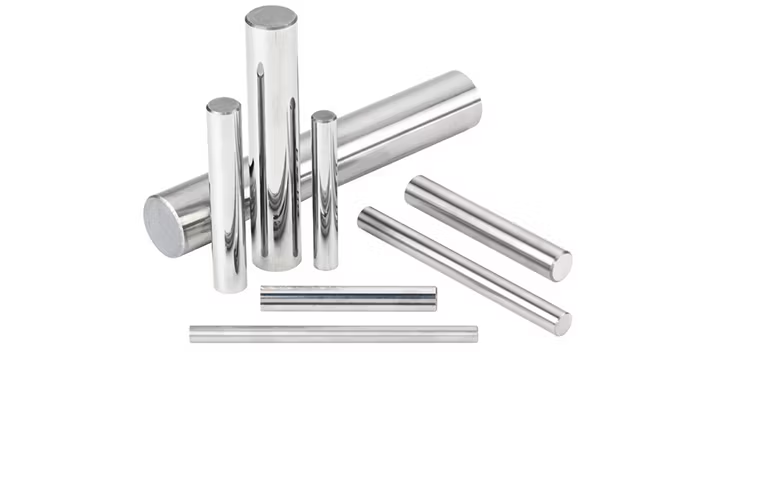
Table of Key Details of K20 Carbide Rods
| Attribute | Description |
|---|---|
| Material | Tungsten Carbide with Cobalt binder |
| Grade | K20 |
| Applications | Cutting tools, machining, industrial wear parts |
| Properties | High hardness, wear resistance, toughness |
| Common Shapes | Rods, bars, blanks |
| Standards | ISO, ASTM, ANSI |
| Suppliers | Various global manufacturers and suppliers |
Types of K20 Carbide Rods
K20 carbide rods come in several types, each designed for specific applications. Here’s a detailed look at the most common types:
Table of Types of K20 Carbide Rods
| Type | Description |
|---|---|
| Solid Rods | Made entirely of K20 carbide, used for high precision and wear resistance. |
| Hollow Rods | Feature a central hole, reducing weight while maintaining strength, ideal for certain machining tasks. |
| Blanks | Unshaped rods that can be customized to specific tool requirements. |
| Pre-formed Rods | Pre-shaped to certain specifications, reducing the need for additional machining. |
| Micro-grain Rods | Feature fine grain size for applications requiring a sharp cutting edge and precision. |
| Coated Rods | Have a protective coating to enhance performance and longevity. |
| Uncoated Rods | Used in applications where coating is not required or desired. |
| Double-ended Rods | Designed for tools requiring two functional ends, enhancing efficiency. |
| Reinforced Rods | Enhanced with additional materials to improve specific properties like toughness or impact resistance. |
| Custom Rods | Tailored to specific customer needs, with unique shapes and sizes. |
Applications of K20 Carbide Rods
K20 carbide rods are incredibly versatile, finding applications in various industries. Here’s a closer look at where these rods are commonly used:
Table of Applications of K20 Carbide Rods
| Application | Description |
|---|---|
| Cutting Tools | Used in the production of drills, milling cutters, reamers, and other cutting instruments. |
| Machining | Essential in CNC machining for producing high-precision components. |
| Mining and Drilling | Used in tools for mining, drilling, and other heavy-duty operations. |
| Industrial Wear Parts | Components in machinery that require high wear resistance and durability. |
| Woodworking | Tools for cutting and shaping wood, ensuring long-lasting performance. |
| Metalworking | Utilized in the manufacture of tools for cutting and forming metals. |
| Aerospace | Precision components in aerospace applications, demanding high strength and wear resistance. |
| Automotive | Parts and tools for manufacturing and maintaining vehicles. |
| Medical Devices | High-precision tools and components in medical device manufacturing. |
| Electronics | Used in the production of components requiring high precision and durability. |
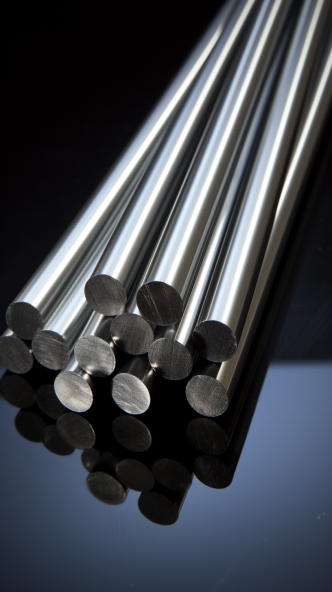
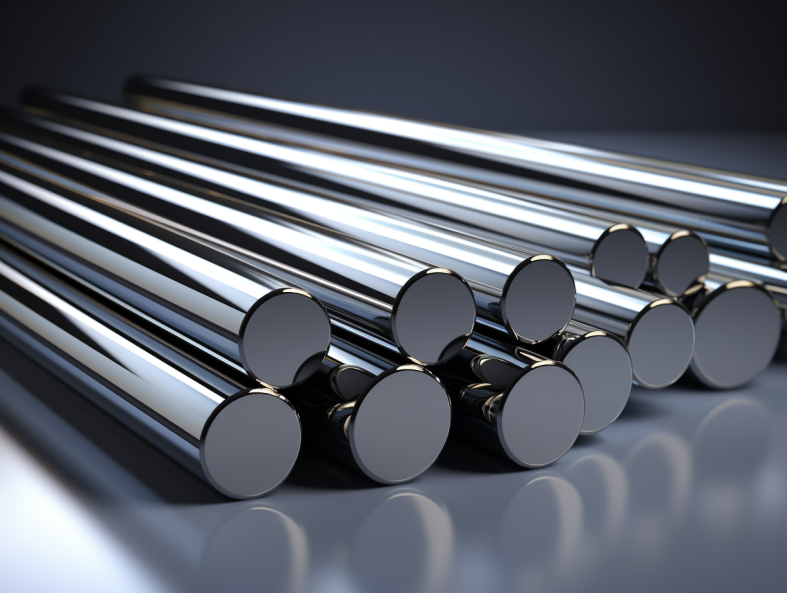
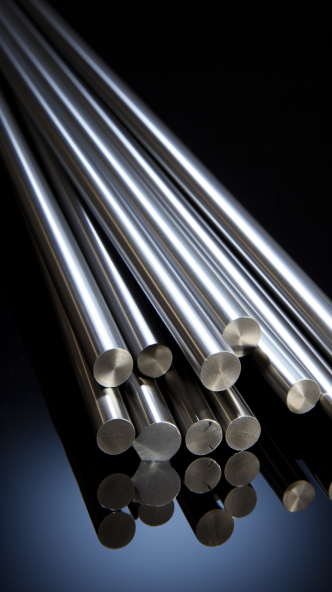
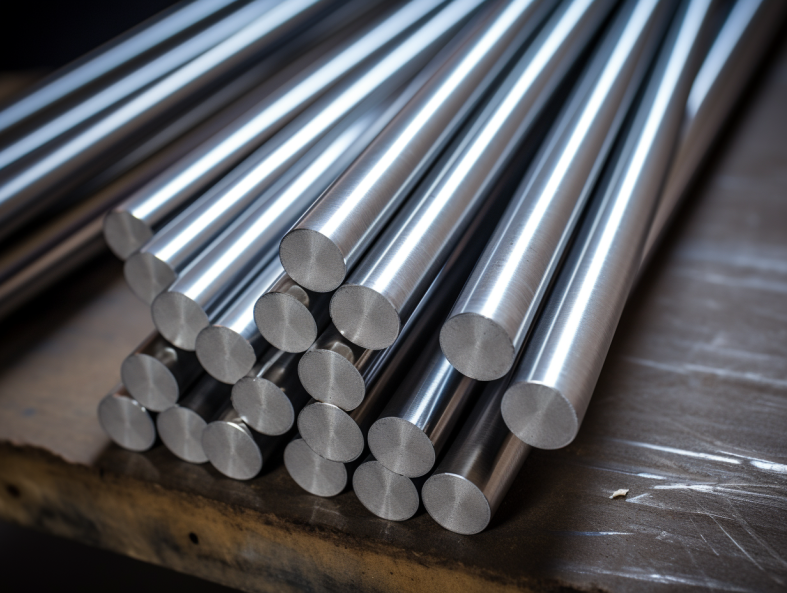
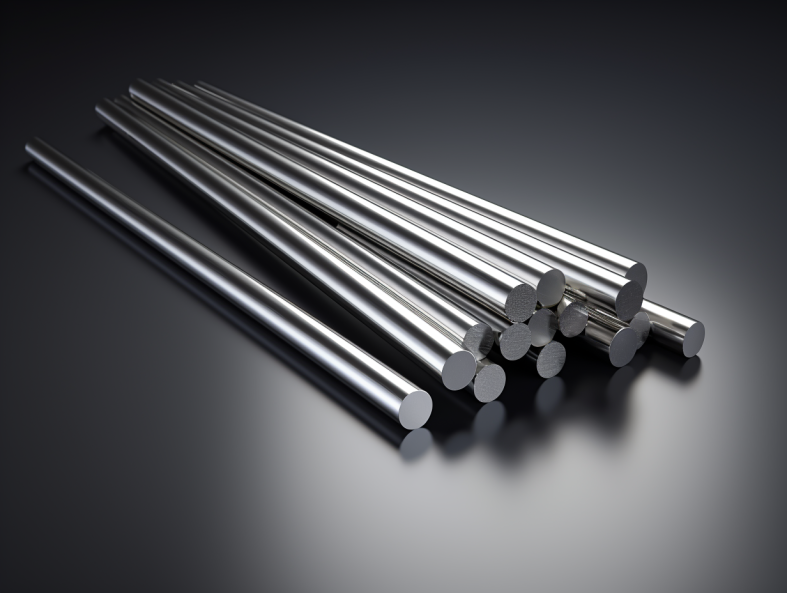

Material Properties of K20 Carbide Rods
Understanding the material properties of K20 carbide rods is crucial for selecting the right type for your application. Here’s an overview of the key properties:
Table of Material Properties
| Property | Description |
|---|---|
| Hardness | K20 carbide rods have a hardness rating of 89-92 HRA, ensuring exceptional wear resistance. |
| Toughness | The cobalt binder provides excellent toughness, making the rods resistant to impact and fracture. |
| Density | The density of K20 carbide rods is around 14.3-14.8 g/cm³, contributing to their strength and durability. |
| Thermal Conductivity | High thermal conductivity allows efficient heat dissipation during machining operations. |
| Compressive Strength | K20 rods have high compressive strength, enabling them to withstand heavy loads. |
| Elastic Modulus | High elastic modulus ensures rigidity and dimensional stability. |
| Corrosion Resistance | Resistant to corrosion, making them suitable for harsh environments. |
Composition and Characteristics
The specific composition of K20 carbide rods involves a mixture of tungsten carbide particles and a cobalt binder. This combination gives the material its unique characteristics.
Table of Composition and Characteristics
| Component | Percentage | Function |
|---|---|---|
| Tungsten Carbide | 85-95% | Provides hardness and wear resistance. |
| Cobalt Binder | 5-15% | Acts as a binder, giving toughness and impact resistance. |
| Grain Size | 0.5-1.5 microns | Fine grains enhance sharpness and precision. |
| Impurities | <0.5% | Minimal impurities to maintain high quality. |
Hardness, Strength, and Wear Resistance
K20 carbide rods are renowned for their impressive hardness, strength, and wear resistance. These properties make them ideal for demanding applications where durability is paramount.
Table of Hardness, Strength, and Wear Resistance
| Property | Description |
|---|---|
| Hardness (HRA) | 89-92 |
| Compressive Strength | 4000-6000 MPa |
| Wear Resistance | Extremely high, suitable for abrasive environments. |
| Tensile Strength | 1000-1500 MPa |
| Fracture Toughness | High, ensuring resistance to cracking and breaking under stress. |
| Impact Strength | High, suitable for high-impact applications. |
Specifications, Sizes, Shapes, and Standards
K20 carbide rods come in various sizes and shapes, conforming to industry standards to meet diverse application requirements.
Table of Specifications, Sizes, Shapes, and Standards
| Specification | Description |
|---|---|
| Standard Lengths | 50mm, 100mm, 150mm, 200mm |
| Diameters | 1mm to 50mm |
| Shapes | Round, square, rectangular, custom |
| Standards | ISO 9001, ASTM B777, ANSI B212 |
| Surface Finish | Ground, unground |
| Tolerance | ±0.05mm to ±0.2mm |
Suppliers and Pricing Details
Finding the right supplier for K20 carbide rods is essential for ensuring quality and reliability. Here’s a list of notable suppliers and their pricing details.
Table of Suppliers and Pricing Details
| Supplier | Location | Price Range (per kg) | Quality Certification |
|---|---|---|---|
| ABC Metals | USA | $50 – $70 | ISO 9001 |
| Global Carbide | Germany | $55 – $75 | ISO 9001, ASTM |
| Carbide Corp. | China | $40 – $60 | ISO 9001 |
| Tungsten Solutions | UK | $60 – $80 | ISO 9001, ANSI |
| Precision Tools | Japan | $65 – $85 | ISO 9001, JIS |
How to Select the Right K20 Carbide Rod
Choosing the right K20 carbide rod involves considering various factors, including the specific application, material properties, and budget. Here’s a guide to help you make an informed decision.
Table for Selecting the Right K20 Carbide Rod
| Factor | Consideration |
|---|---|
| Application | Determine the specific use case (cutting, machining, wear parts) |
| Material Properties | Assess hardness, toughness, and wear resistance requirements |
| Budget | Compare prices from different suppliers to find the best value |
| Supplier Quality | Look for certifications and customer reviews |
| Customization Needs | Consider if custom sizes or shapes are required |
| Standards Compliance | Ensure the rods meet relevant industry standards (ISO, ASTM, ANSI) |
Advantages and Limitations of K20 Carbide Rods
Like any material, K20 carbide rods have their pros and cons. Here’s a comparison to help you understand their benefits and potential drawbacks.
Table Comparing Advantages and Limitations
| Aspect | Advantages | Limitations |
|---|---|---|
| Hardness | High hardness ensures excellent wear resistance | May be brittle in certain conditions |
| Toughness | Cobalt binder provides good toughness | Toughness can be lower compared to other materials like steel |
| Thermal Conductivity | High thermal conductivity allows efficient heat dissipation | Can be expensive compared to other materials |
| Corrosion Resistance | Resistant to corrosion, suitable for harsh environments | May require special handling during machining |
| Versatility | Suitable for a wide range of applications | Not always the best choice for applications requiring high flexibility |
| Customization | Available in various sizes and shapes, with options for customization | Custom orders may have longer lead times and higher costs |

FAQs
| Question | Answer |
|---|---|
| What are K20 carbide rods made of? | They are made of tungsten carbide and cobalt binder. |
| What are the main applications of K20 carbide rods? | They are used in cutting tools, machining, industrial wear parts, and more. |
| How do I select the right K20 carbide rod for my application? | Consider the application, material properties, budget, supplier quality, customization needs, and standards compliance. |
| What are the advantages of using K20 carbide rods? | High hardness, excellent wear resistance, good toughness, high thermal conductivity, and corrosion resistance. |
| Are there any limitations to using K20 carbide rods? | They can be brittle, expensive, and may require special handling. |
| Can K20 carbide rods be customized? | Yes, they are available in various sizes and shapes, with options for customization. |
| What standards do K20 carbide rods conform to? | They conform to standards such as ISO 9001, ASTM B777, and ANSI B212. |
| Who are some notable suppliers of K20 carbide rods? | Suppliers include ABC Metals, Global Carbide, Carbide Corp., Tungsten Solutions, and Precision Tools. |
| What is the typical price range for K20 carbide rods? | Prices range from $40 to $85 per kg depending on the supplier and quality. |
| What factors affect the performance of K20 carbide rods? | Factors include hardness, toughness, wear resistance, and the specific application environment. |
Conclusion
K20 carbide rods are a vital material in various industrial applications, offering unmatched hardness, wear resistance, and toughness. By understanding the different types, applications, material properties, and selection criteria, you can choose the right K20 carbide rod for your specific needs. Whether you’re in the machining, cutting, or manufacturing industry, these rods provide the reliability and performance required for demanding tasks.
For more information on K20 carbide rods or to find the right supplier, ensure to refer to the detailed tables provided in this guide. With the right knowledge and resources, you can make informed decisions and leverage the full potential of K20 carbide rods in your applications.




